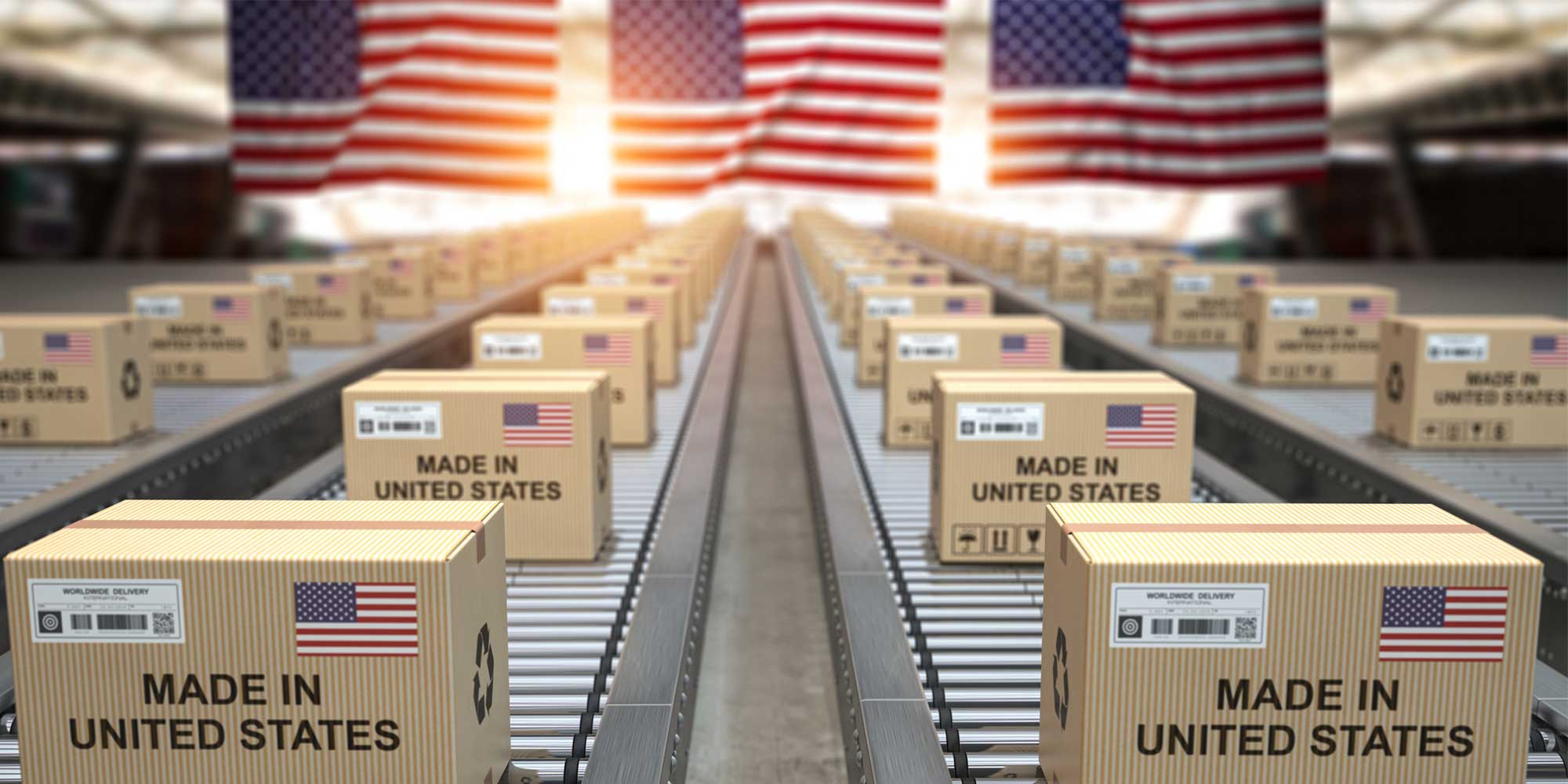Are you going on a hunting trip in a foreign country or attending an international shooting competition? Not sure how to bring your own firearms, ammunition and accessories with you?
Generally speaking, Americans can bring guns with them when they leave the U.S. for lawful purposes, but keep in mind that the round trip involves four border crossings – leaving the U.S., entering the destination country, leaving the destination country, and entering the U.S.
Follow these 7 rules to avoid problems at the borders:
- Check the foreign country’s firearm regulations
- Determine whether an export license is required
- Carry all authorization documentation with you
- Notify U.S. Customs and Border Protection when you leave
- Comply with airline regulations
- Be sure to bring the products back to the United States if you’re using the BAG exception
- Dot every I
Check the Foreign Country’s Firearm Regulations
Make sure the guns you plan to bring are allowed in the country you are visiting. Foreign regulations for firearms vary greatly by country and can change at any time. For example, Canada and New Zealand have recently changed their regulations and many firearms that used to be permitted are now prohibited.
Civilian possession of AR rifles is prohibited in many countries. Some countries limit magazine capacities. A few restrict laser pointers.
Once you verify that your items can be brought into the foreign country, determine what permits or other authorizations are required for both the import into and the export back out of the country. Regulations vary greatly by country.
Determine Whether An Export License is Required
To leave the United States with licensable or export-controlled firearms, riflescopes, ammunition, parts, and accessories, you must have export authorization from the U.S. government. The authorization may be in the form of an export license or a license exception.
Export Administration Regulations
Semiautomatic and non-automatic firearms and shotguns as well ammunition and certain parts, components, accessories, and attachments for them are controlled by the Export Administration Regulations (EAR) under ECCNs 0A501, 0A502, 0A504 and 0A505. Exports of these items may require a license from the Bureau of Industry and Security (BIS) unless a license exception is available.
Subsection (e) of the §740.14 Baggage (BAG) exception allows an individual to temporarily export the following items without an export license if all of the requirements stated in the section are met:
- 3 semiautomatic or non-automatic firearms controlled under ECCN 0A501.a or .b
- 1,000 rounds of ammunition controlled under ECCN 0A505.a
- Parts, components, accessories, and attachments controlled under ECCN 0A501.c, .d, .e, or .x This is limited to “quantities that are reasonable” or “that are necessary for routine maintenance of the firearms being exported” as stated in the EAR. Sound suppressors require an export license and are not included among the accessories described here.
- 3 shotguns with a barrel length of 18 inches or over controlled under ECCN 0A502
- Shotgun shells controlled under ECCN 0A505.
- Riflescopes and optical devices controlled under ECCN 0A504 that are attached to a firearm or in a quantity that is reasonable.
To use this exception, the items must be for your own personal use and must be with your baggage (they cannot be mailed). All firearms, shotguns, parts, components, accessories, attachments and unused ammunition must be returned to the United States, they cannot remain in the foreign country after your return. Pages 30-34 of the FAQ’s posted on the BIS website provide additional information on using the BAG license exception.
Certain accessories and attachments such as stocks or grips without fire control parts, scope mounts, accessory rails, iron sights, sling swivels, butt plates, and recoil pads under ECCN 0A501.y, as well as compensators, magazine components, and certain shotgun components that are classified as EAR99 do not require an export authorization (license or license exception) when taken to most countries.
If you want to bring higher quantities than the BAG exception allows or if you are moving and want to bring the EAR controlled products with you permanently, you must obtain a BIS export license through the SNAP-R system.
International Traffic in Arms Regulations
The following items are controlled by the International Traffic in Arms Regulations (ITAR) on the United States Munitions List (USML), Category I:
- Firearms using caseless ammunition
- Fully automatic firearms
- Fully automatic shotguns
- Silencers, mufflers, and sound suppressors
- Magazines with a capacity greater than 50 rounds
- Certain types of ammunition that are primarily used for military purposes
These products require an export license from the Directorate of Defense Trade Controls (DDTC) through the DECCS system. A license exemption is not available for USML Category I items for personal travel.
Carry All Authorization Documentation With You
Carry all import and export licenses, permits, or other authorizations with you during your trip. Assume that U.S. and foreign customs agents will need to see the documentation as you leave and re-enter the U.S and when you arrive and depart from the destination country. Police or other authorities also may request to see your documentation as you travel in the other country.
Notify U.S. Customs and Border Protection When You Leave
Shipments of firearms, scopes, parts, accessories and ammunition under the BAG exception must be declared to a Customs and Border Protection (CBP) officer prior to departure. A CBP Form 4457 (Certificate of Registration for Personal Effects Taken Abroad) must be completed and presented to CBP at the time of export out of and re-entry into the United States. Section §758.11 Export Clearance Requirements for Firearms and Related Items of the EAR details the specific reporting requirements for using the BAG exception.
If you are not able to use license exception BAG and obtain an ITAR or EAR export license, you are required an Electronic Export Information (EEI) filing through the Automated Commercial Environment (ACE) AESDirect system instead of the CBP Form 4457.
Comply with Airline Regulations
Check with all airlines on which you will be traveling on your way out or back to acquaint yourself with their packing requirements before you arrive at the airport. Firearms must be unloaded when packed and must travel in your checked baggage. Investigate whether your airline has any other requirements, especially regarding ammunition you carry with you.
Also, check with the airline on which you will be returning to make sure you will be able to get inside the destination country airport with your firearms when you come home. Some countries screen baggage at the airport entrance.
Bring The Products Back to the United States if You’re Using the BAG Exception
The BAG license exception is only for temporary exports, you cannot use it for a permanent export. You must bring all items exported under the BAG exception, except for used ammunition, with you upon your return from the foreign trip. The CBP Form 4457 must be presented upon your arrival back in the United States.
Dot Every I
A final piece of advice is be careful in every respect. Guns are, well, guns. Don’t expect border agents in any country to have a sense of humor about your careless mistakes, especially mistakes that look like intentional concealment of guns, ammunition, parts and accessories.
If you sell firearms, parts, accessories, or optics online and want a safe and cost-effective way to export them without making mistakes, EasyExport probably can help. Schedule a call to learn more.






